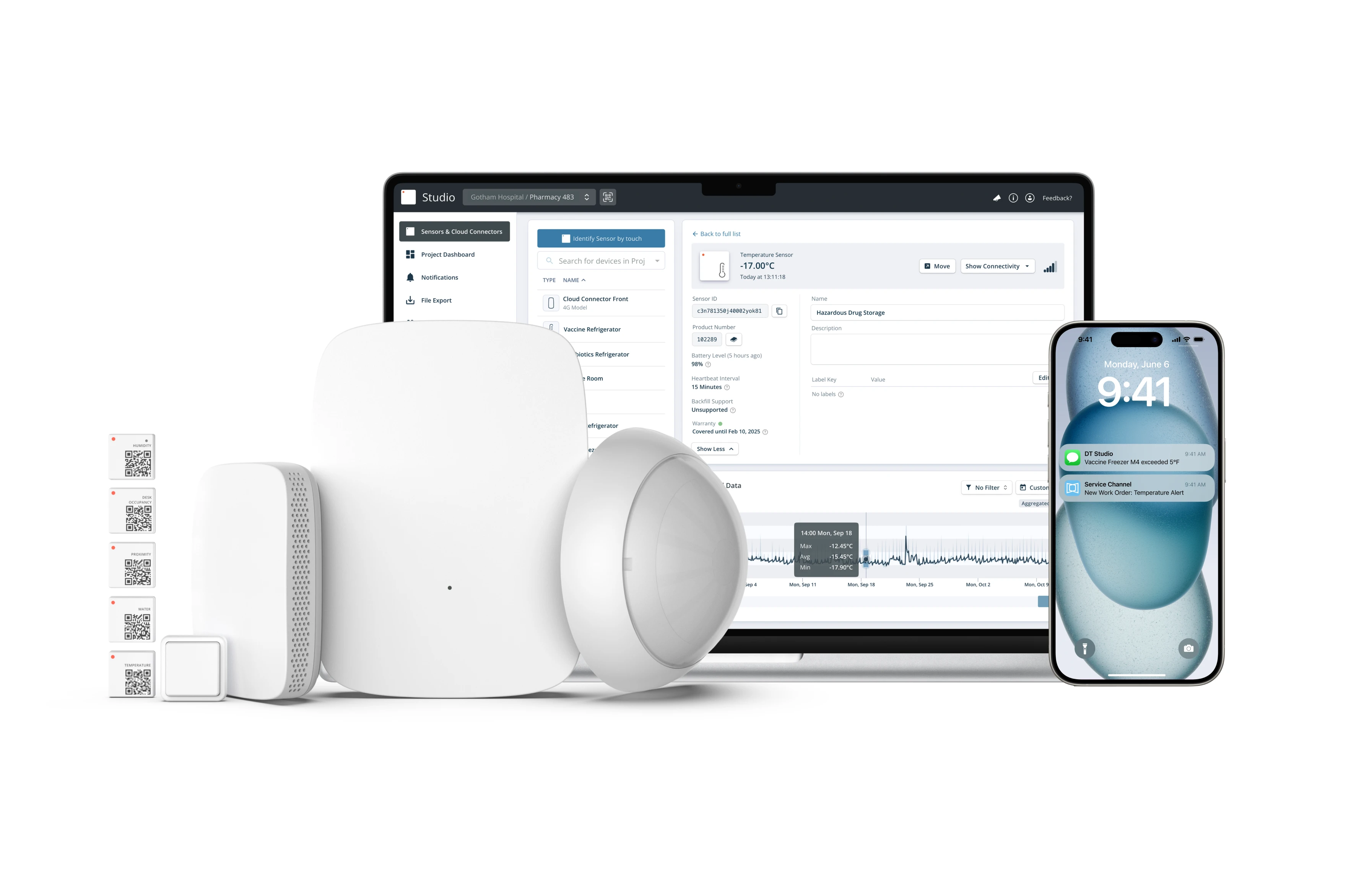Guidelines for a Safe Return to Office With IoT Technology

Since 2020, the COVID-19 pandemic has disrupted the ways we live and work. Teleworking has been one of the widespread disruptive effects of the healthcare crisis. Following the pandemic outbreak, many governments and enterprises worldwide put in place massive work-from-home policies.
This led to an unprecedented number of remote workers.
According to a recent report from Upwork, over 55% of the American workforce worked from home in 2020-2021.
During the last couple of months this trend has been reversed, as COVID-19 measures are gradually lifted. As reported by security company Kastle systems, more than one third (i.e. 34%) of the workers are already back in large office buildings.
This number varies across US cities:
They range from approx. 20% in New York and San Francisco (which are the cities with the lowest occupancy), to nearly 50% in cities like Dallas, Houston and Austin.
Likewise, in the UK, there is clear evidence that workers are gradually returning to office. In July 2021, the public transportation traffic around the city of London and Canary Wharf hit record levels since the beginning of the pandemic.
Despite the lifting of several COVID-19 restrictions, the health risks from the pandemic are far from over.
Guidelines for a Safe Return to Office
Most organizations must comply with governmental and regulatory mandates regarding return to office during the COVID-19 era.
Organizations Providing Return-to-Work Guidelines
The US Center for Disease Control and Prevention (CDC) provides COVID-19-related safety information about office buildings. The information includes guidelines for ensuring a safe and healthy workplace for employees and clients. The guidelines are addressed to office building employers, building owners, facilities managers, and operations specialists.
The Occupational Safety and Health Administration (OSHA) of the U.S. Department of Labor has also published a guide on preparing workplaces for COVID-19. The guide is not legally binding for employers and facilities managers, but provides a set of actionable recommendations for ensuring workplace safety during the pandemic.
In the UK, the Health and Safety Executive (HSE) agency is regularly publishing information and guidelines for secure and safe workplaces. HSE’s guidance covers England, Scotland, Wales and Northern Ireland, in ways that take into account the peculiarities of the different regions. It also provides guidelines for both employers and workers.
Different Countries, Similar Guidelines

Despite the need to consider the COVID-19 situation in different countries and to address various stakeholders (e.g., employers, facilities managers, workers), there are many commonalities in the recommendations of the various agencies:
- COVID-19 Risk Assessment: All agencies underline the importance of a COVID-19 risk assessment for workplaces and employees. This risk assessment aims at identifying the main risks for employers and facilities managers. The assessment considers the peculiarities of the workplace in terms of location, equipment, human resources, and business processes. Moreover, risk assessments facilitate the identification of actions that can mitigate the various risks.
- Ventilation and air-conditioning: Ventilation guidelines aim at ensuring that workplaces have adequate ventilation to reduce the risk of COVID-19 spreading. They range from advice on how to increase natural ventilation and to identify poorly ventilated areas, to guidelines about the use of air conditioning and mechanical systems for ventilation improvement.
- Face masks and face coverings: These include instructions on how to use masks and coverings, as well as information about the different levels of protection offered by the various masks and PPE (Personal Protective Equipment).
- Social distancing: Employers are advised to make provisions for social distancing in offices, meeting rooms and other spaces. In this direction, social distancing measures are confronted against the business processes of the employer (e.g., collaborative work) and the total space available.
- Cleaning and hygiene processes: These processes aim at reducing the risk of spreading COVID-19 in the workplace. They include guidelines about the frequency of hand-washing, the use of hand sanitizer products and of surface disinfectants, as well as information about disinfecting processes.
- Employee support: It is recommended that employers support their workers in managing stress. Likewise, special processes for coping with post-COVID19 symptoms while back in office must be put in place.
Wrapping up
With COVID19 around, enterprises are taking measures and precautions to ensure that the employees’ return to the office is safe and effective. Safeguarding worker health and well-being is now a top priority for most organizations. In their quest towards creating and implementing policies for safe return to work, they can rely on guidelines from local and national authorities.
Get Started


DT-Logo%20Vertical-Big-on%20white-with%20margin.png)


.png)
.png)
